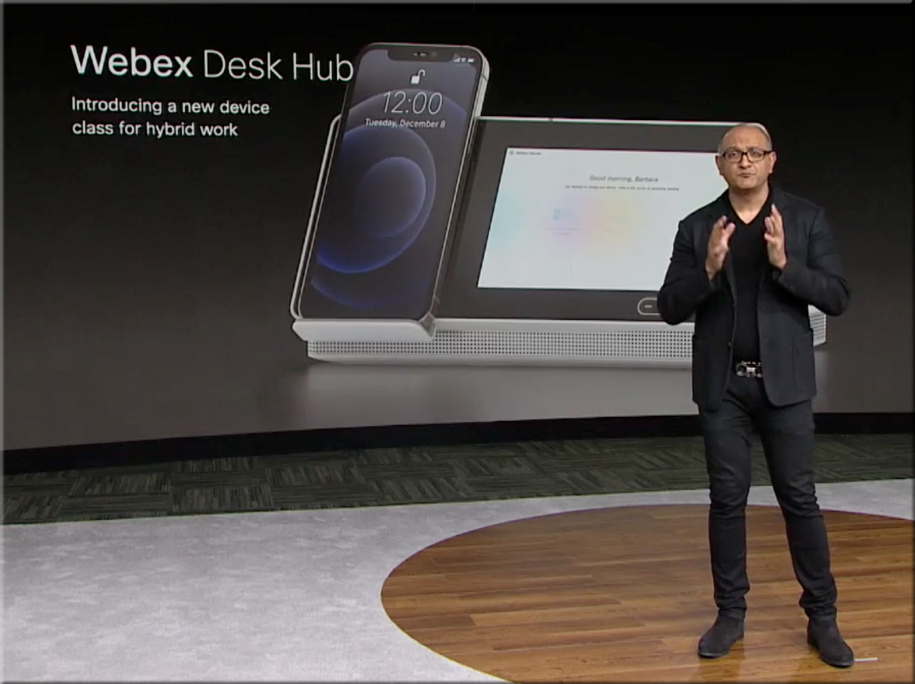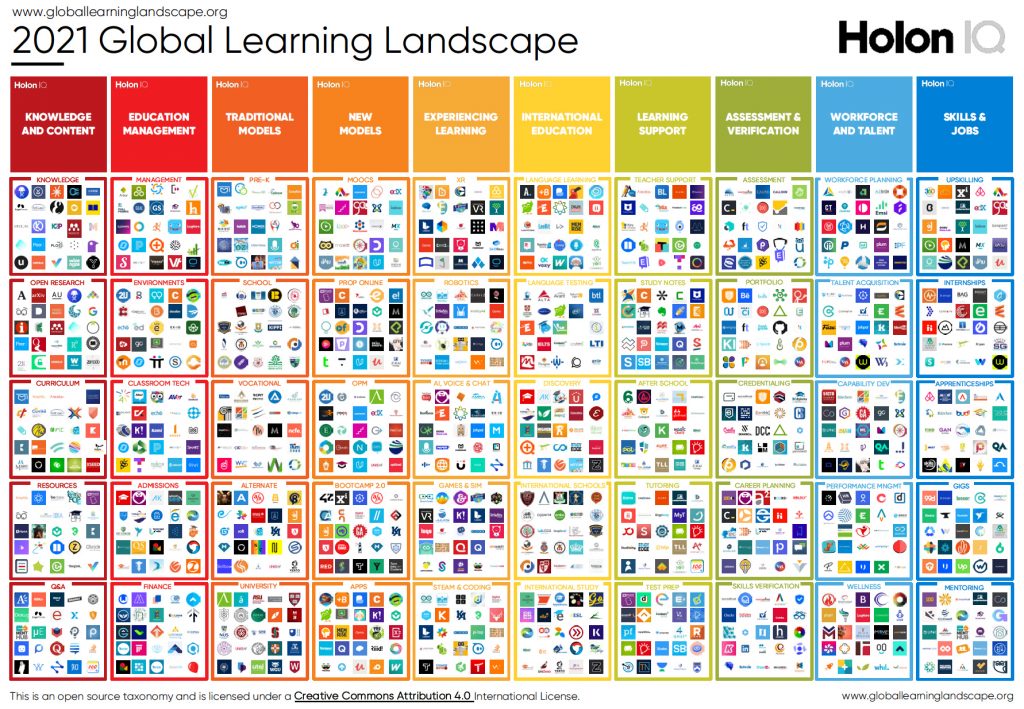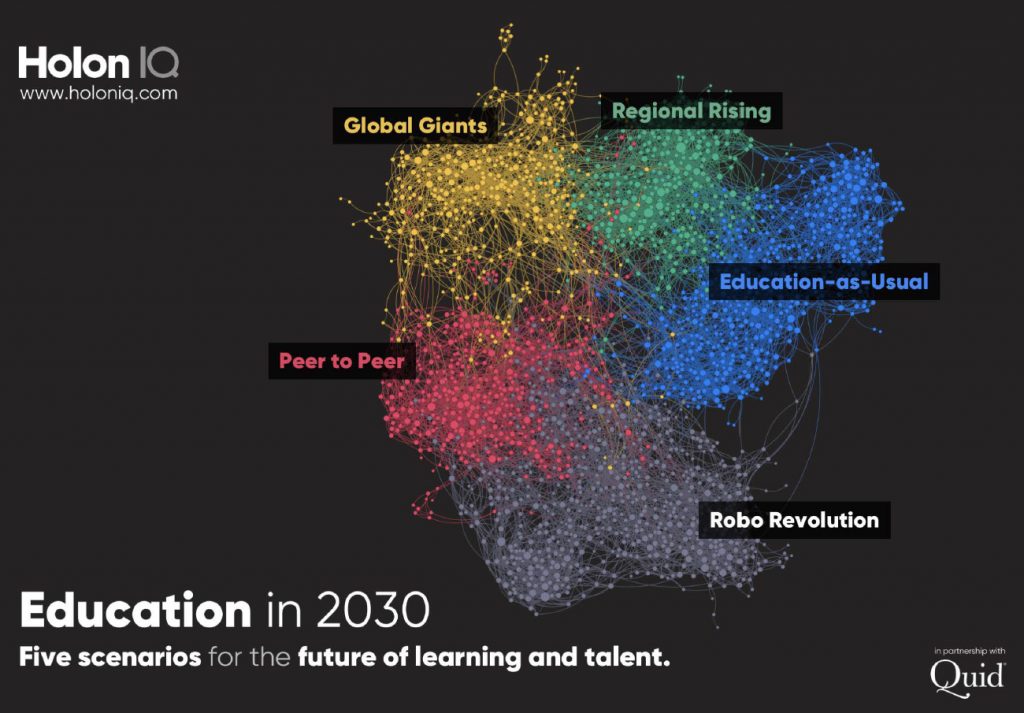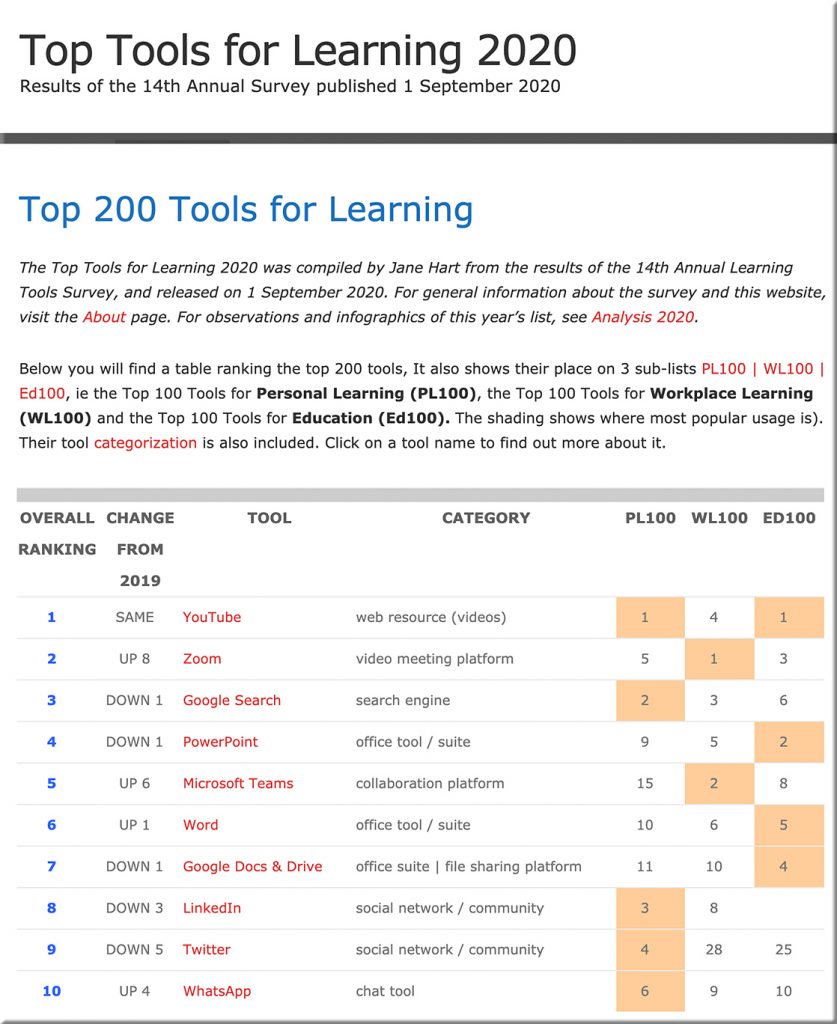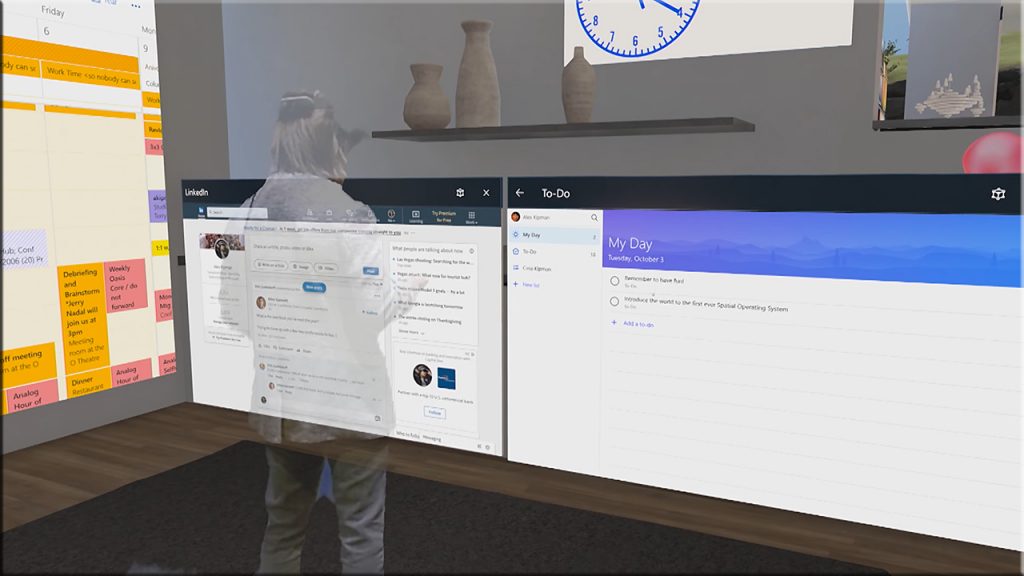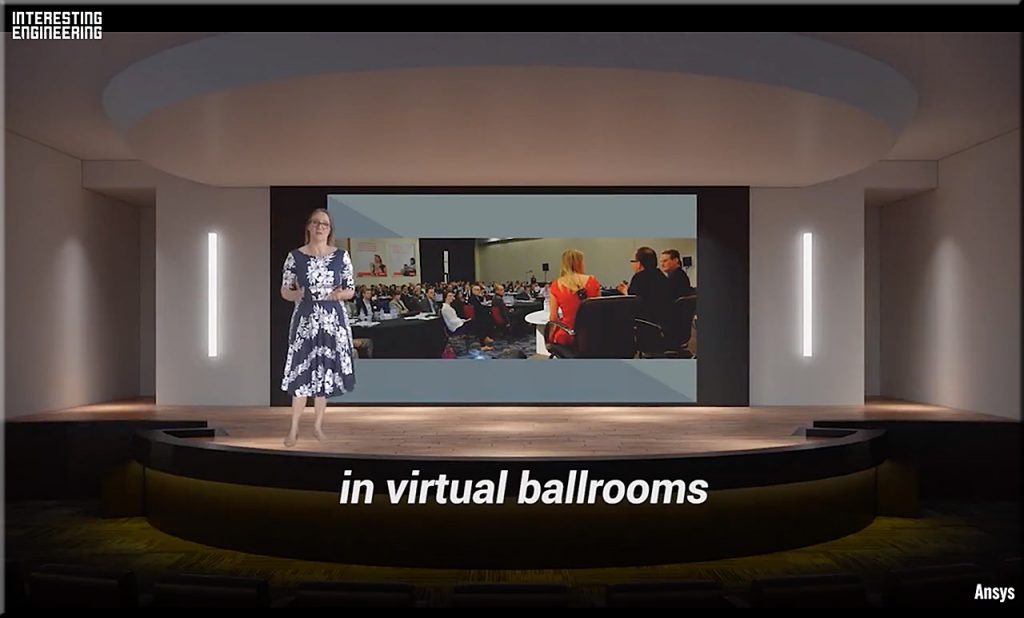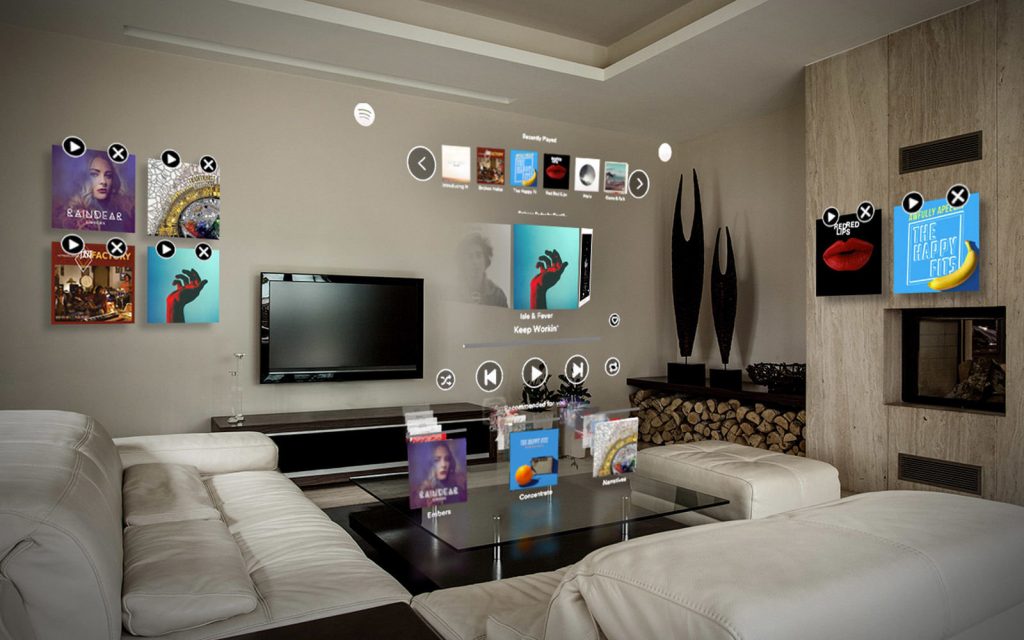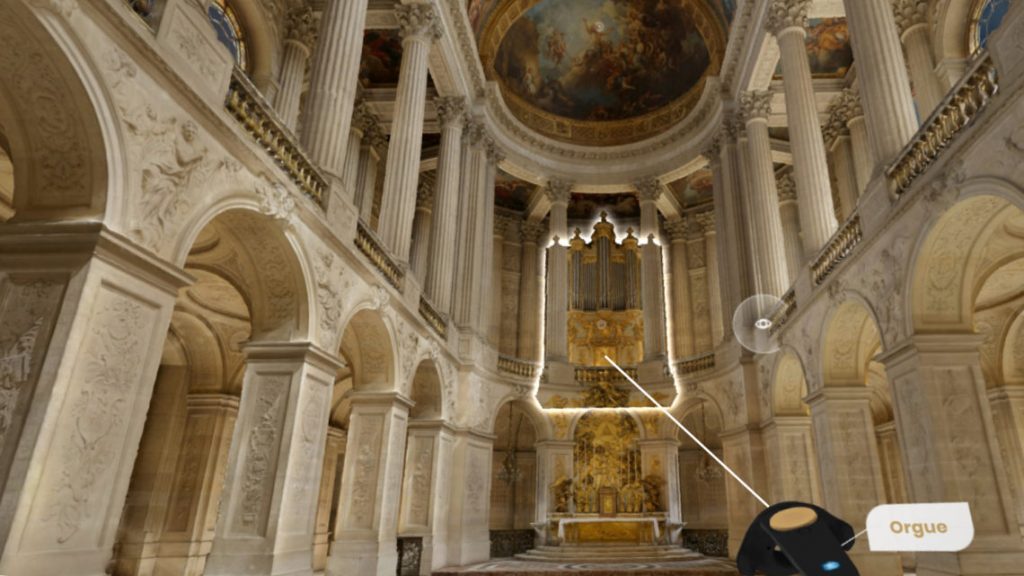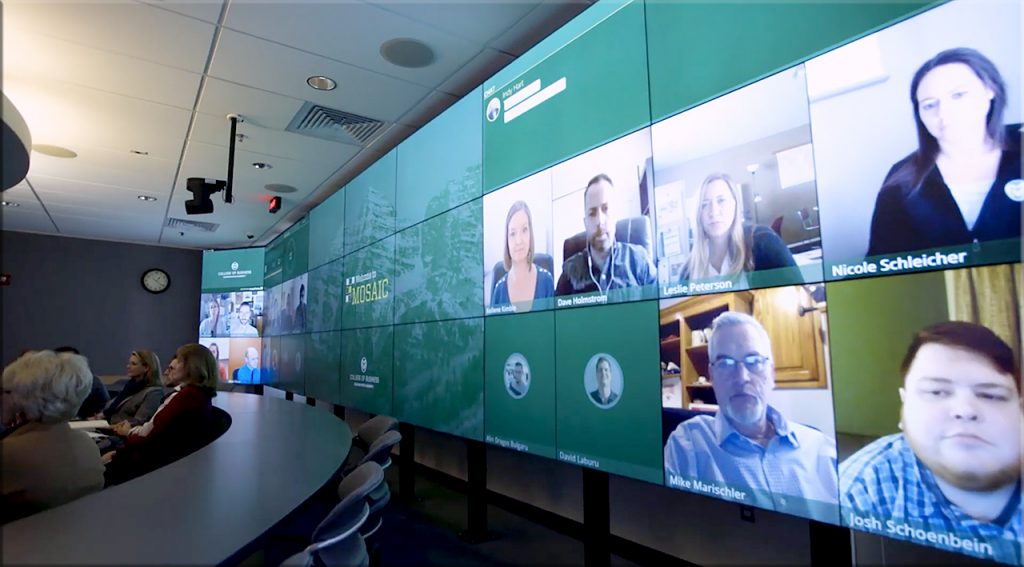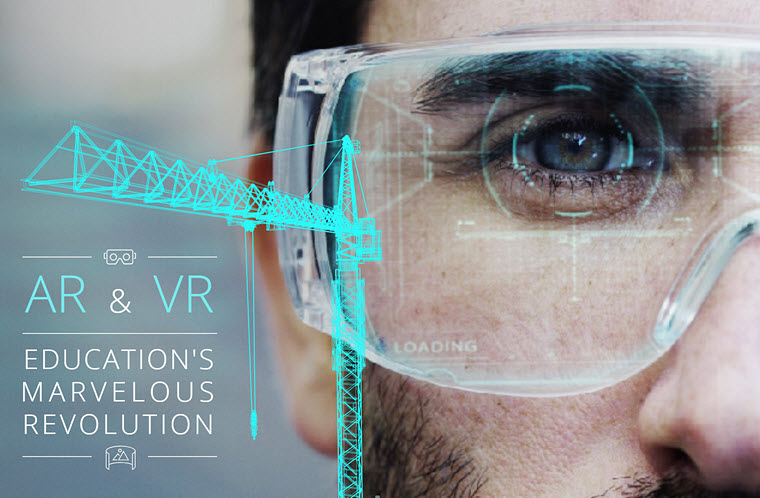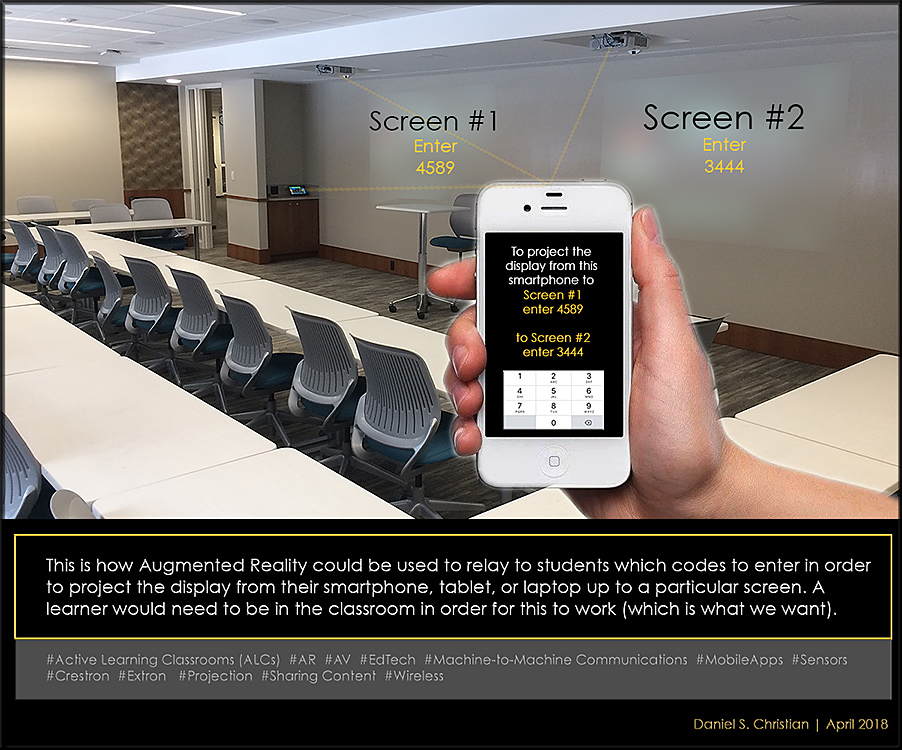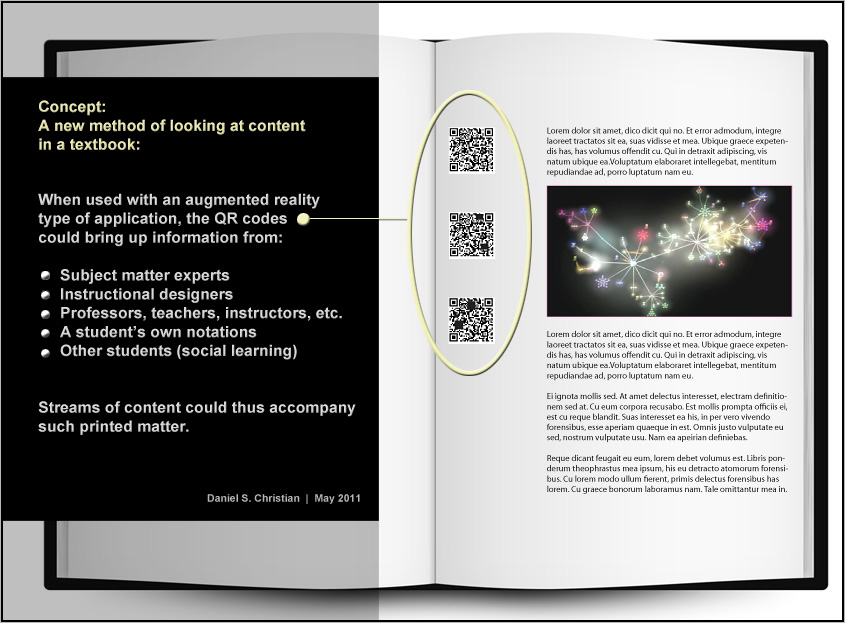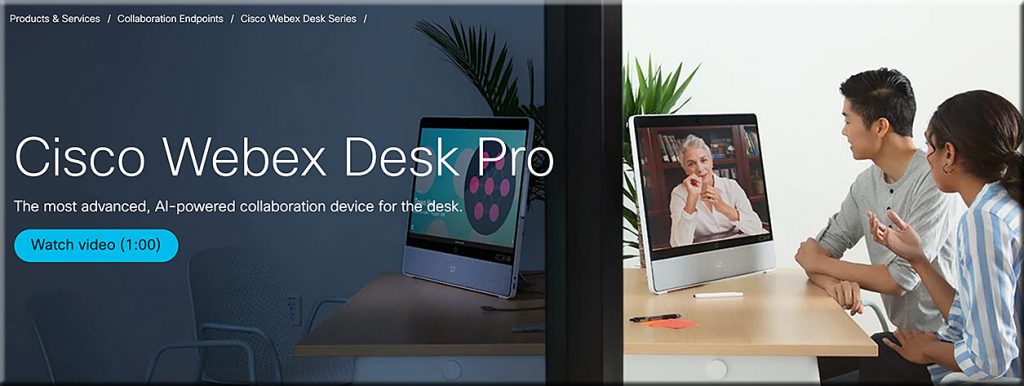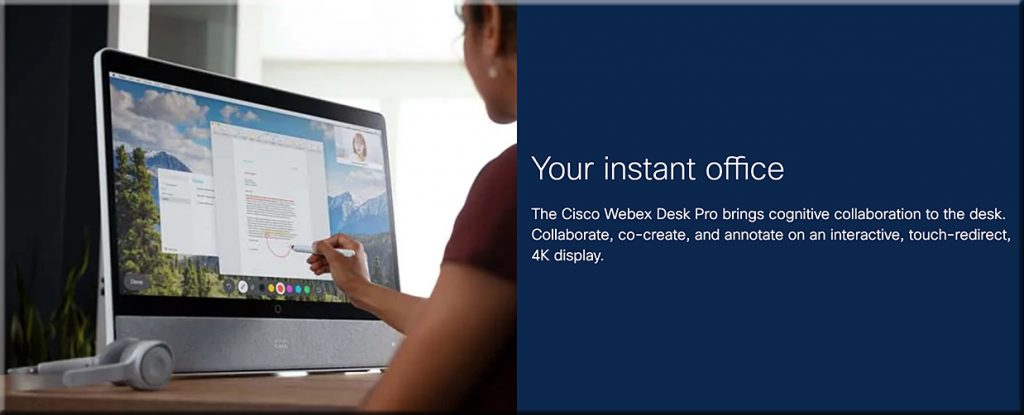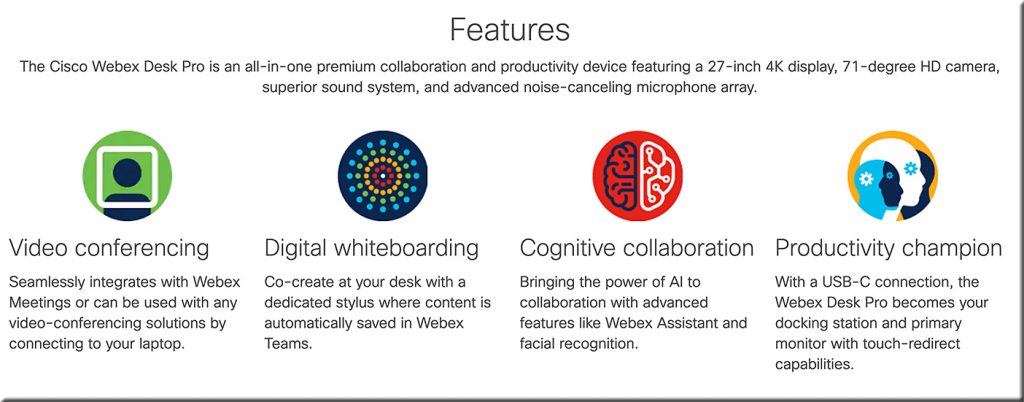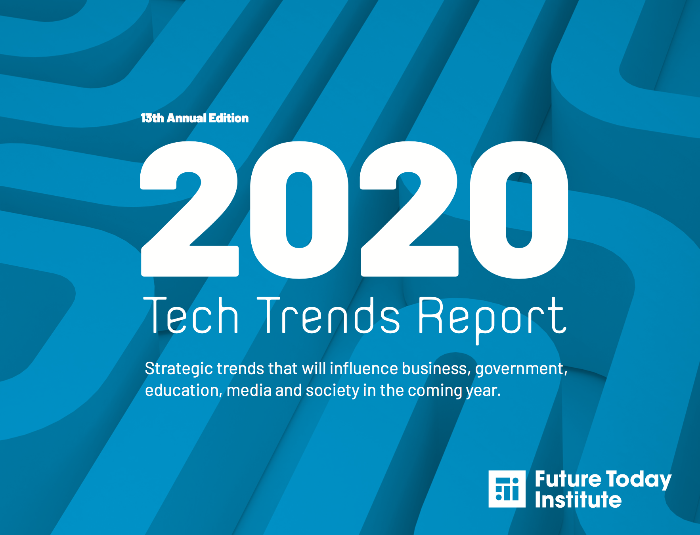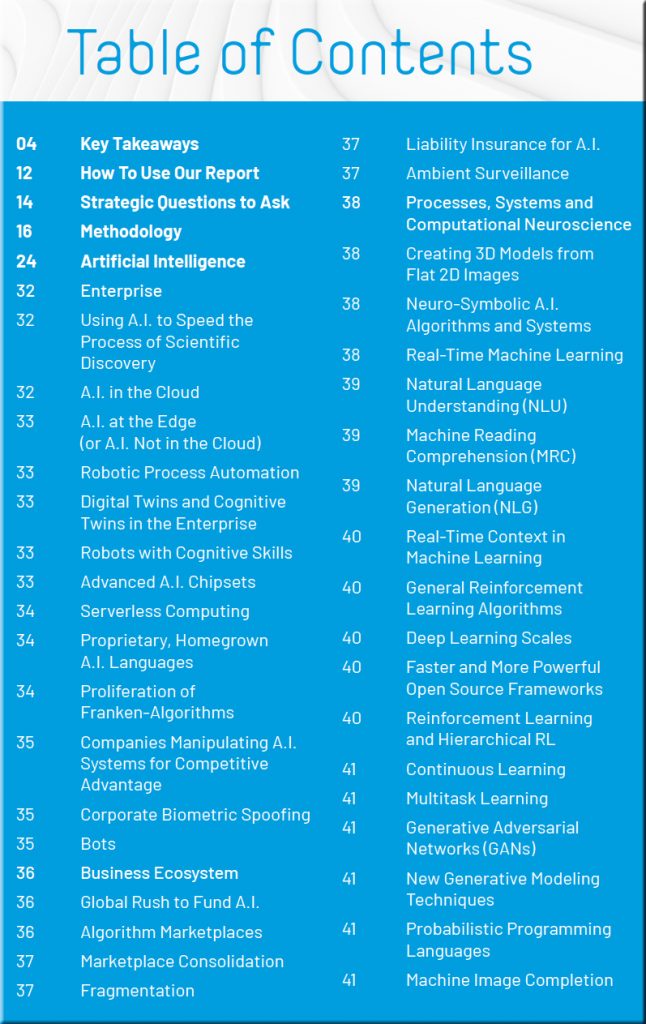The woman who created the technology behind internet calls explains what it takes to innovate — from bigthink.com by Gayle Markovitz
She’s the reason you’re able to work and chat from home.
Excerpt (emphasis DSC):
If you’ve ever wondered how a Zoom call works, you might want to ask Marian Croak, Vice-President of Engineering at Google.
This is the woman who invented “Voice over Internet Protocol”: the technology that has enabled entire workforces to continue to communicate and families and friends to remain in touch throughout 2020’s lockdowns – and inevitably beyond.
What can kids teach tech innovators?
Wonder and naivete are powerful tools. Croak argues that children have rich imaginations – which is the fuel of invention. “You need to be childlike. A little naïve and not inhibited by what’s possible.”Matlali’s work with disadvantaged teenagers brings her directly into this world, where she sees that “children are passionate but hopeful for the future. For them, everything is possible. You want kids to have the imagination and passion for them to achieve their dreams.”
Croak said her motivation for 2021 was to keep her own childlike curiosity going, forgetting about her personal circumstances and focusing on the “painpoints”.
Also see:
Marian’s entry out at Wikipedia.org where it says:
She joined AT&T at Bell Labs in 1982.[4] She advocated for switching from wired phone technology to internet protocol.[2][5][6] She holds over two hundred patents, including over one hundred in relation to Voice over IP.[7] She pioneered the use of phone network services to make it easy for the public to donate to crisis appeals.[8][9] When AT&T partnered with American Idol to use a text message voting system, 22% of viewers learned to text to take part in the show.[10][11] She filed the patent for text-based donations to charity in 2005.[10] This capability revolutionised how people can donate money to charitable organisations:[12] for example, after the 2010 Haiti earthquake at least $22 million was pledged in this fashion.[13] She led the Domain 2.0 Architecture and managed over 2,000 engineers.[14][15]











